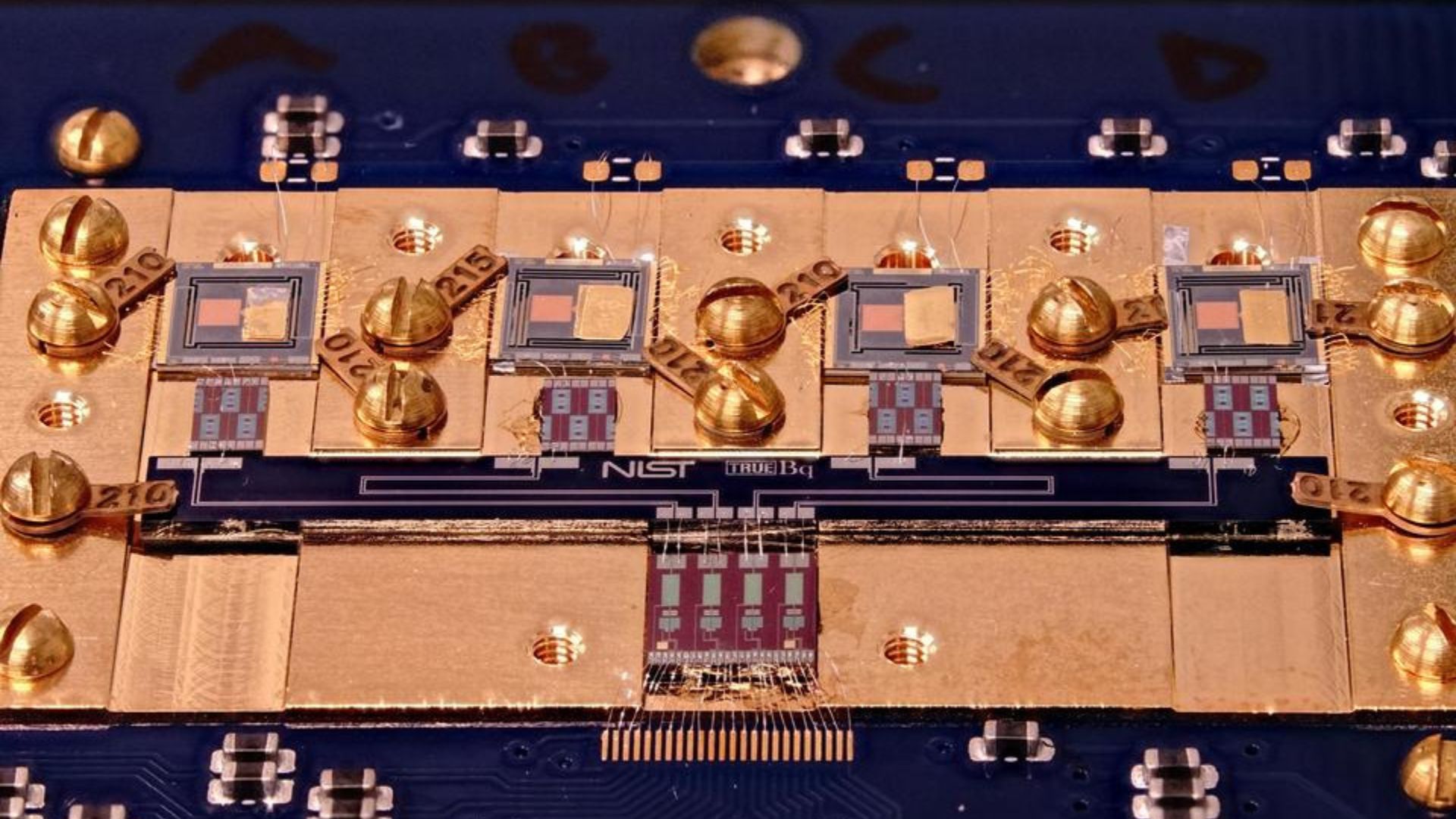Tiny samples reveal radioactivity data using cryogenic sensor

Source: interestingengineering
Author: @IntEngineering
Published: 7/8/2025
To read the full content, please visit the original article.
Read original articleResearchers at the National Institute of Standards and Technology (NIST) have developed a novel technique called cryogenic decay energy spectrometry (DES) that enables rapid and precise measurement of radioactivity in extremely small samples. Central to this method is the transition-edge sensor (TES), a highly sensitive detector operating near absolute zero, which captures detailed energy signatures from individual radioactive decays. Unlike traditional detectors that provide limited or slow results, the TES offers a comprehensive “fingerprint” of radionuclides present, significantly speeding up analysis from months to just days.
The process involves using a custom inkjet device to deposit minuscule droplets of radioactive material onto nanoporous gold foils, allowing accurate mass measurement and subsequent radioactivity assessment via the TES. This approach yields highly accurate “massic activity” data even from tiny samples, proving especially useful in high-risk scenarios like identifying unknown radioactive contents. This innovation is part of the broader True Becquerel (TrueBq) project, which aims to revolutionize radio
Tags
energycryogenic-sensorradioactive-decaynuclear-safetytransition-edge-sensornuclear-waste-cleanupradiation-detection